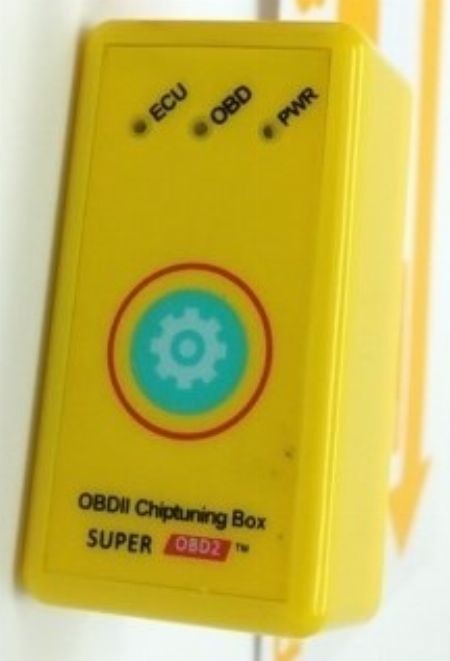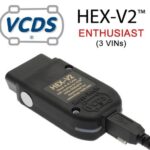The allure of boosting your car’s horsepower and fuel efficiency with a simple plug-in device is undeniably strong. Enter the realm of OBD2 performance chips, promising easy gains without the need for complex ECU remapping. Among these, the “Chip Power OBD2 V4” has garnered attention. But does this device live up to the hype, or is it just another gadget flashing empty promises? As automotive experts at carparteu.com, we delve into the reality behind these plug-and-play modules and examine whether the Chip Power OBD2 V4 is a worthwhile upgrade or simply a waste of money.
The market is flooded with OBD2 devices that claim to magically enhance your car’s performance. These modules often present themselves as sophisticated pieces of technology, designed to optimize your engine’s parameters for increased power and improved fuel economy. The Chip Power OBD2 V4, like many others, positions itself as a custom-made solution, moving away from the stigma of generic “Nitro OBD2” dongles that can be found for just a few dollars. The sleek design and promises of significant performance improvements can be tempting for car enthusiasts looking for a quick and easy upgrade.
However, skepticism surrounds these plug-and-play performance enhancers. Unlike legitimate tuning methods that involve remapping the Engine Control Unit (ECU) or using piggyback systems to intercept and modify signals, many OBD2 “chips” operate on a far simpler, and ultimately ineffective, principle. The core issue lies in the fundamental way these devices interact with your car’s computer. True performance tuning requires altering the complex fuel and ignition maps within the ECU – a process that these simple plug-in modules are fundamentally incapable of doing.
Numerous investigations and tests, including those by reputable sources like Mighty Car Mods, have revealed the inner workings of these OBD2 performance “chips.” Often, these devices are little more than LED blinker boxes. They draw power from the OBD2 port and cycle through pre-programmed LED patterns designed to mimic activity and give the impression of performance enhancement. Reverse engineering efforts, such as the analysis of the Nitro OBD2, have confirmed this. These devices primarily function as visual gimmicks. They lack the ability to read, interpret, and modify the complex data streams required to actually remap your ECU and alter engine performance.
The flashing lights and sophisticated packaging of devices like the Chip Power OBD2 V4 are designed to create a perception of advanced technology. In reality, they bypass the intricate process of ECU tuning. Changing fuel tables and ignition timing – the key to unlocking real horsepower gains – necessitates rewriting the code within the PCM (Powertrain Control Module), or ECU. A simple plug-in module, without the capacity to interact with and rewrite ECU code, simply cannot deliver on its promises of significant performance improvements.
While the idea of a plug-and-play performance boost is attractive, the reality of devices like the Chip Power OBD2 V4 often falls short. They may provide a visual novelty with their flashing LEDs, and could even serve as a harmless prank for car enthusiast friends. However, for those seeking genuine performance gains, investing in legitimate ECU tuning, professional remapping, or reputable piggyback systems is the only reliable path. These methods, while more involved and potentially costly, are the only proven ways to safely and effectively enhance your vehicle’s power and performance. When it comes to the Chip Power OBD2 V4 and similar devices, it’s crucial to approach their claims with a healthy dose of skepticism and understand the fundamental limitations of their technology.

